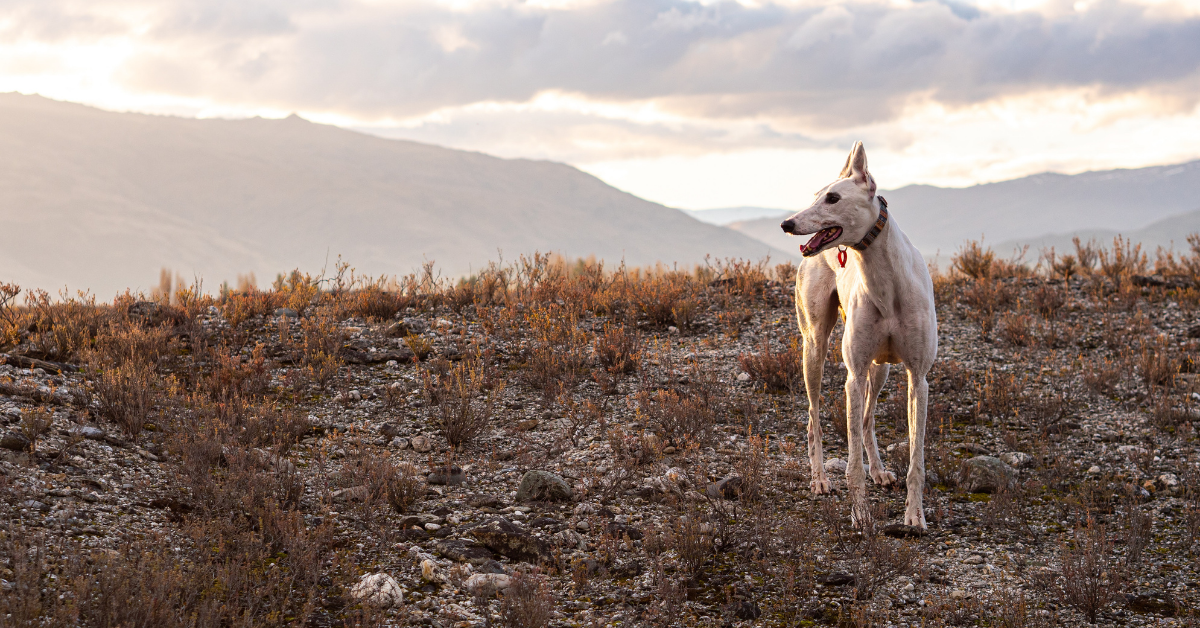
Adopting a Greyhound
In the US, professional breeders breed Greyhounds for racing. In the past, greyhounds were often euthanized and disposed of once their racing careers were over. For a greyhound who was not a good racer, this could mean a very short life. Today, more greyhounds are being put up for adoption at the end of their racing career, thanks to the number of rescues dedicated to the breed. If you are considering adopting a retired greyhound, you should know some things beforehand.
Retired greyhounds make excellent pets. Bred for racing and their temperament, greyhounds are gentle, laid-back dogs. A retired greyhound is happy to spend the rest of his life being a couch potato. They are adaptable to most any living condition. Greyhounds are one of the few large breeds of dogs that are actually great for apartment dwellers. This is due to their easy-going nature. Greyhounds respond well to training. Most are already housebroken before they are put up for adoption. They usually don’t bark a lot.
You may think that greyhounds require a lot of exercise since they are used to racing. This is not usually the case. Greyhounds are built for speed, meaning that they are sprinters, not marathon runners. During their racing careers, they usually only raced once or twice a week. A fenced yard that your greyhound can run in is ideal, but if you don’t have a fenced yard, a daily walk and a chance to run off-leash once a week is usually sufficient. When walking your greyhound, never use a retractable leash. Since greyhounds are sprinters, they are capable of reaching high speed in a very short distance. A greyhound on a retractable leash could actually break their neck when they reach the end of the leash and are jerked back. There are leashes specifically for greyhounds, made at the right length for your greyhound to walk right by your side.
For the most part, greyhounds get along great with children and other pets. Some, however, may see cats or other small animals as prey and therefore would not do well in a home with small animals. They may also be more apt to want to chase cats or squirrels when out for a walk. If this is a concern for you, be sure to adopt a greyhound who has been deemed “cat friendly” by the rescue.
Greyhounds require very little grooming. An occasional bath is usually sufficient to keep their coat in good shape. A greyhound’s dental health is usually ignored during their career as a racer. Therefore, they may need to have a good dental cleaning when you adopt them if the rescue group has not already done so. It is important to keep them on a regular dental care routine. Even so, some greyhounds may have chronic bad breath.
Greyhounds suffer from very few of the hereditary diseases common in other dogs of their size. Because of this, they have a longer lifespan than other breeds of their size. They often live beyond 12 years of age.
According to greyhound owners, they are about as close to perfect as a dog can get. They are calm, friendly, adapt to any living situation, easily trained, require little grooming, and suffer few major health issues. If there is anything bad to be said about owning a greyhound, it is that they are like potato chips; you can’t have just one. Many people who adopt one greyhound end up adopting a second (or third), which is not necessarily a bad thing.
For more information, visit Adopt a Greyhound (http://www.adopt-a-greyhound.org/).






